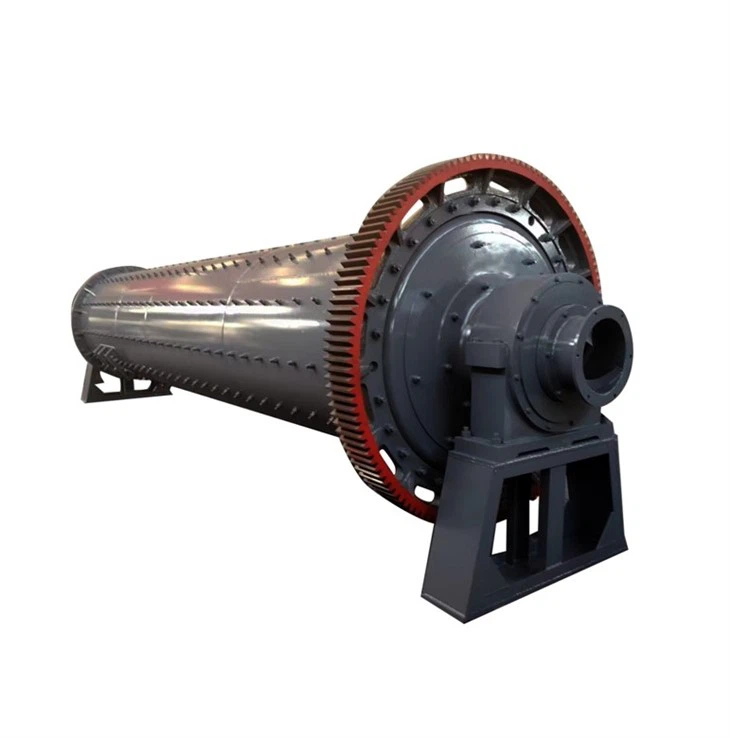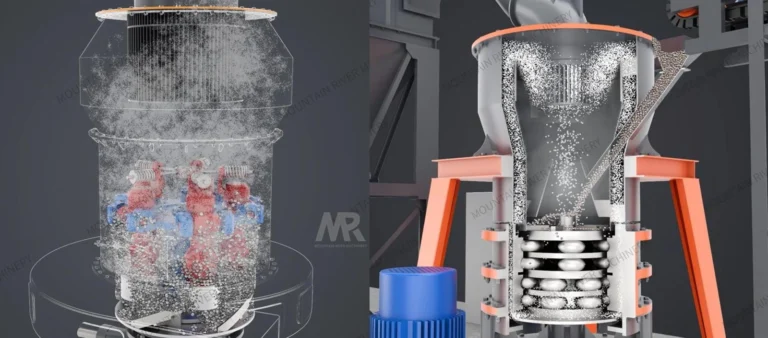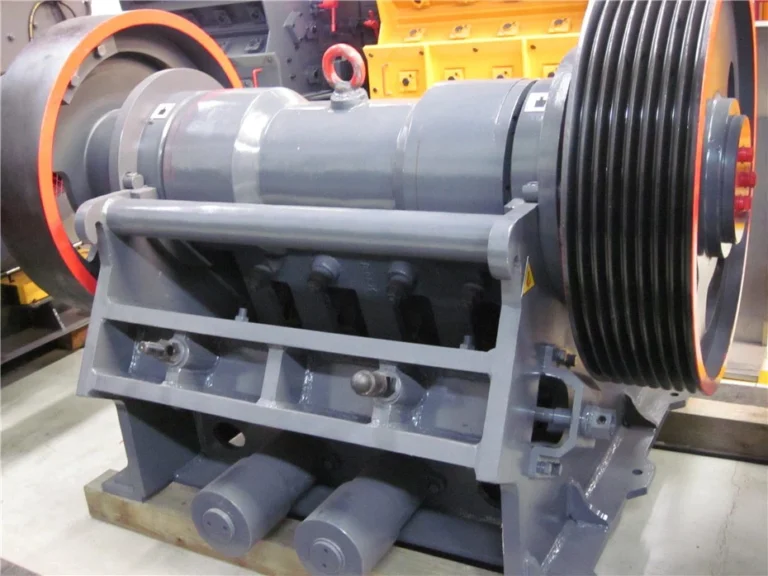How Can You Check The Efficiency Of A Classifier Model?
Introduction
A classifier model is a machine learning algorithm that is used to categorize data into different classes or groups based on certain features or patterns. The efficiency of a classifier model refers to its ability to accurately classify new and unseen data. Evaluating the efficiency of a classifier model is crucial to ensure its performance and reliability. In this article, we will explore various methods to check the efficiency of a classifier model.
Measuring Accuracy
One of the simplest and most common ways to check the efficiency of a classifier model is by measuring its accuracy. Accuracy is the ratio of correctly classified instances to the total number of instances in the dataset. A high accuracy indicates that the classifier model is working efficiently. However, accuracy alone might not be sufficient to evaluate the model”s performance, especially when the dataset is imbalanced or contains outliers.
Confusion Matrix
The confusion matrix is a useful tool to evaluate the performance of a classifier model. It displays the number of true positives (TP), true negatives (TN), false positives (FP), and false negatives (FN). From the confusion matrix, several other evaluation metrics can be derived, such as precision, recall, and F1-score.
– Precision measures the proportion of correctly classified positive instances out of all instances classified as positive. It helps assess the model”s ability to avoid false positives.
– Recall, also known as sensitivity or true positive rate, measures the proportion of correctly classified positive instances out of all actual positive instances. It helps assess the model”s ability to avoid false negatives.
– F1-score is the harmonic mean of precision and recall, providing a single value that represents the model”s overall performance.
Receiver Operating Characteristic (ROC) Curve
The ROC curve is a graphical representation of the performance of a classifier model. It shows the trade-off between the true positive rate (sensitivity or recall) and the false positive rate. By plotting different thresholds, the ROC curve provides insights into how the classifier model performs at various discrimination levels. The area under the ROC curve (AUC-ROC) is commonly used as a measure of the model”s overall performance, where higher values indicate better efficiency.
Cross-Validation
Cross-validation is a technique used to assess the performance of a classifier model when there is limited data available. It involves splitting the dataset into multiple subsets, training the model on one subset, and testing it on the remaining subsets. This process is repeated several times with different subsets, and the results are averaged. Cross-validation helps in estimating the model”s performance on unseen data and allows for better generalization.
– k-Fold Cross-Validation: In k-fold cross-validation, the dataset is divided into k equal-sized folds. The model is trained and tested k times, each time using a different fold for testing and the remaining folds for training. The final performance measure is averaged across all iterations.
– Stratified k-Fold Cross-Validation: Stratified k-fold cross-validation preserves the class distribution in each fold, ensuring that each fold has a representative mix of different classes. This is particularly useful when the dataset is imbalanced.
Confidence Intervals
While accuracy, precision, recall, and other evaluation metrics provide a single point estimate of a classifier model”s performance, confidence intervals provide a range of likely values. Confidence intervals take into account the variability in the performance measures due to the randomness of data or evaluation procedures. A narrower interval indicates a more reliable estimate of the model”s efficiency.
Statistical Hypothesis Testing
Statistical hypothesis testing can be used to determine whether the observed difference in performance between two classifier models is statistically significant or due to chance. This helps in comparing the efficiency of different models or variations of the same model. Commonly used statistical tests include the t-test and analysis of variance (ANOVA). The choice of test depends on the type of data and the experimental design.
Parameter Tuning
The efficiency of a classifier model can be greatly influenced by its parameters or hyperparameters. Parameter tuning involves finding the best combination of parameter values that maximize the model”s performance. Grid search and random search are two common techniques for parameter tuning. Grid search exhaustively searches the parameter space, while random search randomly samples from the parameter space. Both techniques evaluate the model”s performance using cross-validation.
Overfitting and Regularization
Overfitting occurs when a classifier model performs exceedingly well on the training data but fails to generalize to new or unseen data. Regularization techniques are employed to prevent overfitting by introducing additional constraints or penalties on the model’s parameters. Regularization methods, such as L1 and L2 regularization, help in shrinking the model”s coefficients or feature weights, reducing the likelihood of overfitting.
Conclusion
Checking the efficiency of a classifier model is essential to ensure its performance and reliability. Accuracy, confusion matrix, ROC curve, cross-validation, and statistical hypothesis testing are all valuable techniques to evaluate a classifier model. Additionally, parameter tuning and regularization techniques can be employed to further enhance the model”s efficiency. By employing these evaluation methods, researchers and practitioners can make informed decisions about the efficiency of their classifier models and choose the best model for their specific application.






